
Content curation has so much going for it. Less content creation time. More authority.
SEO benefits.
Leads. The list goes on.And while we urge you to do more curation this year, we want you to do it right.Not just for us. For your readers. Your co-workers. Your boss. The internet in general.Because good content curation makes the world better, if only a wee little bit at a time. It helps people find the content that matters to them. That inspires them. That helps them do their jobs better, life better – again, the list goes on and on.So take a quick look at the mistakes below. Hopefully, you’re not making any of them. But if you are, it’s easy enough to correct course… and curate on.
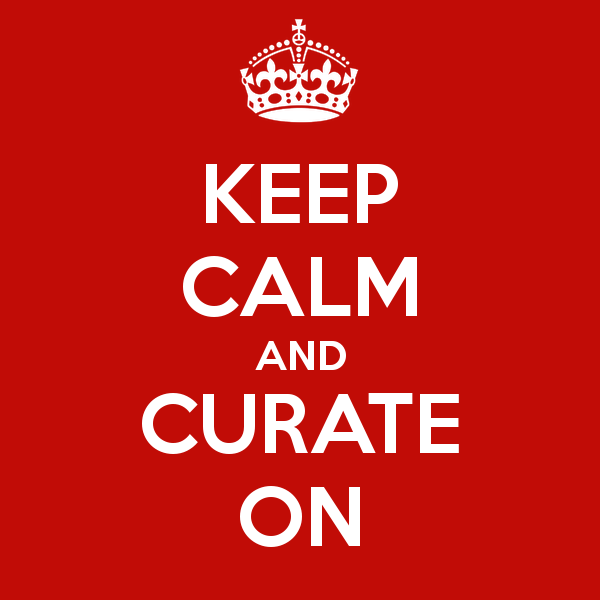
1. You’ve mistaken content curation for content aggregation.
Here are the differences between the two things:
| CONTENT CURATION | CONTENT AGGREGATION |
| Content is selected by hand (though it might have been initially rounded up by an automated tool like Scoop.it). | Content is automatically selected by a bot or a content filter. So long as it matches the filter or the algorthim, it’s included. No human intervention is required. |
| Content is carefully reviewed by the human curator, and then excerpted (sparingly). | The content is not reviewed or excerpted – by a human or a bot. Though it may be summarized by using default content tags like headlines, meta descriptions, and header images. |
| The content selected is grouped together in a way that makes it more meaningful than the separate parts were. As the saying goes, “The whole is greater than the sum of the parts.” | The content is just rounded up. There’s no particular order or new meaning from the final list or final group of content pieces. |
| Each individual piece of content is put into context. The curator explains what it means and why it’s important. Then the curator does this for the entire group of curated content to give you a larger view. For example: The curator picks five examples of something, and shows how they mark a new trend in that particular industry or niche. | The content selected is not put in context. |
Here’s an example for you:The left side is a blog post that hand-selected three of the best content strategy articles published in a specific time frame. The post summarizes each piece of content carefully, and frames all three posts together as whole to convey the current state of content strategy.The right side is content aggregation. It’s the results of a Twitter hashtag search for #contentstrategy.
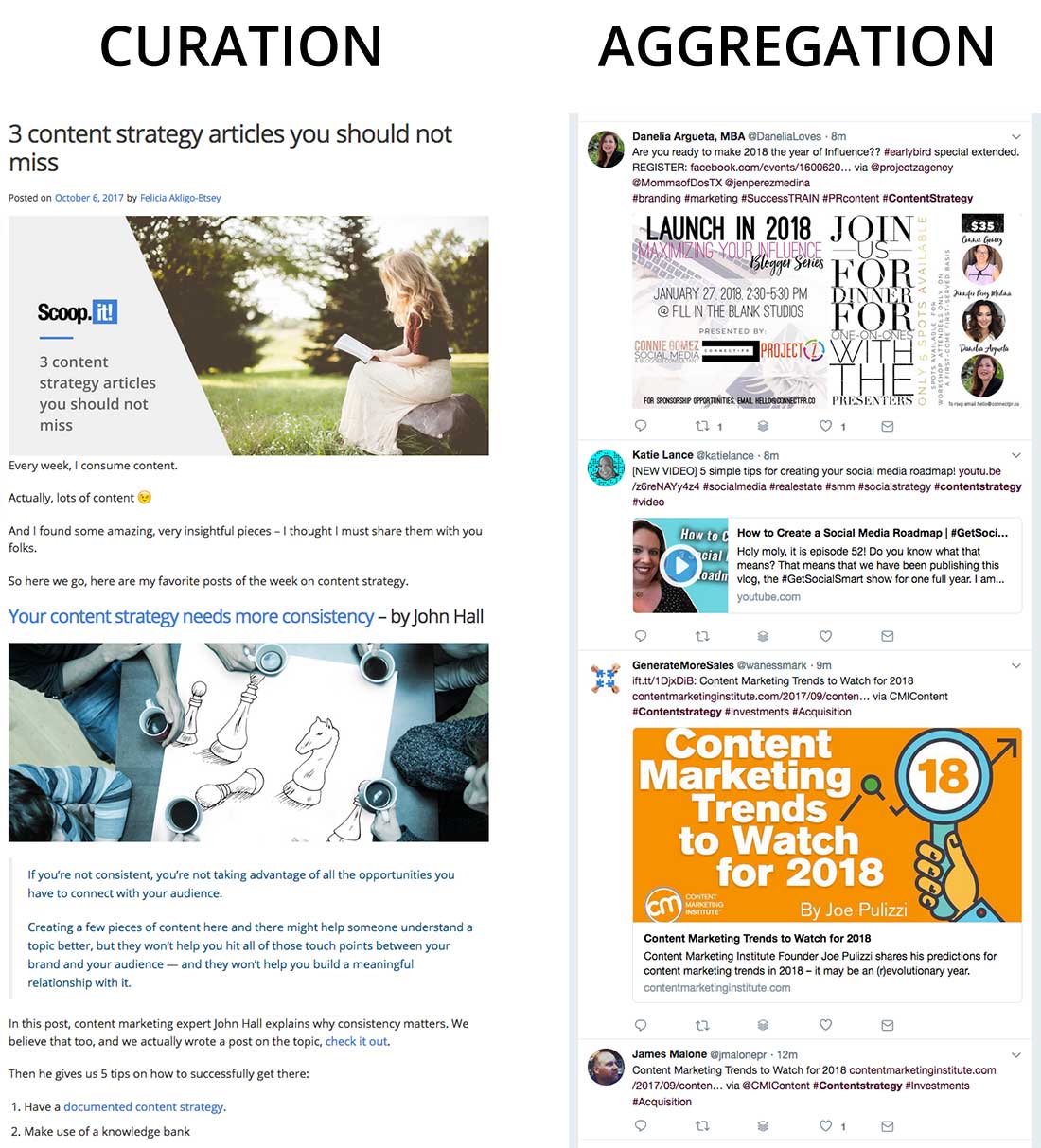 As you can see, both outputs (curation and aggregation) result in roughly the same amount of words and pictures.But after reading the curated piece, you’re smarter. It teaches more. It delivers meaning and context and is more useful to the reader.
As you can see, both outputs (curation and aggregation) result in roughly the same amount of words and pictures.But after reading the curated piece, you’re smarter. It teaches more. It delivers meaning and context and is more useful to the reader.
2. You’re stuck in a content format rut.
This can be hard to break out of. So many of us struggle to keep up with our reading that it’s easy to get stuck distilling text-based content into a text-based curated piece. Over and over again.But text is not the only game in town. And the best curators are keenly sensitive to how their audiences consume content. And – as you probably know – we humans usually
prefer images and video to text.Here are a few suggestions for breaking out of the text-based curation rut:
- Block out 10% of your social media calendar (or items in your blog posts, or sections in your curated newsletters) for infographics and 10% for videos.
Specifically mark these spots to be infographics/visuals or videos ONLY. It will take you a little more time at first to do this curation, but less time than you’d think. Sources like Pinterest are filled with excellent infographics. And YouTube’s search function works well enough… though you might do better to just make a list of 20 companies or influencers in your business, and then go directly to their YouTube accounts.
- Listen to more podcasts. Turn the tunes down for a bit during your commute and try to listen to just one podcast per day. Maybe it’s while you make dinner, walk your dog, do chores around the house. Just be ready to stop once in a while when the host or guest says something worthwhile. Then go back later and pull the quote. You might even make it into a meme.
- Hire a design service (like Undullify, Design Pickle or Limitless Designs) and have them make some of your content into images, graphics and even infographics. If you don’t have the time or energy to do this extra content curation work perhaps you’ve got a little budget to have someone else do it for you.
I’ve seen so many
successful infographics that are pure content curation. They are a format that absolutely still works, and they are ideally suited to curation.If you can’t make an infographic (or don’t want to), don’t worry. There are plenty of designers around who won’t charge you an arm and a leg for one.
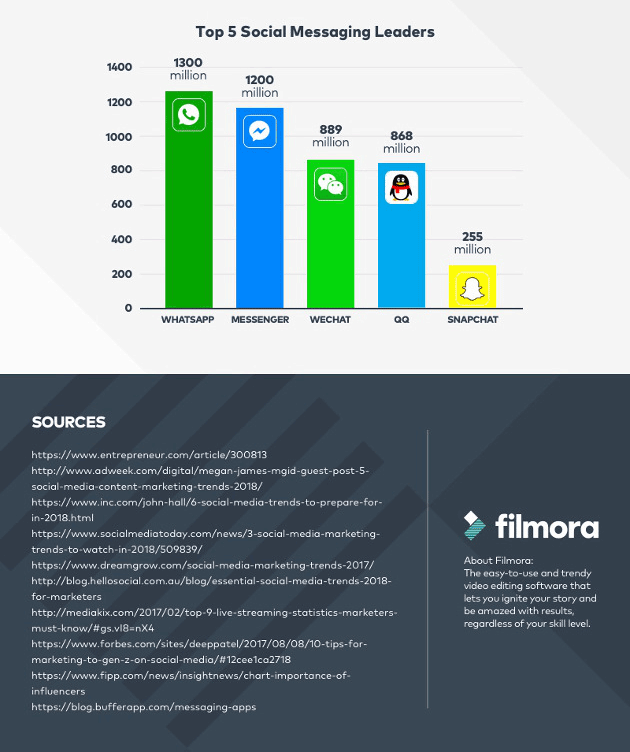
This is the bottom segment of a popular infographic. As you can see from the list of sources here, this is pure curation. Most infographics are.
- Get better at making videos. I know, I know – you hate being on screen. You don’t have an expensive camera, and you don’t even want clients to see your office, much less the entire audience of YouTube.
Get over it. It’s 2018, video is huge, and it’s time to drop the excuses. Besides, short video gets the highest engagement anyway. And
you don’t have to appear on camera.
3. You share the same sources too often
It’s really easy to get lazy with curation and just start sharing content from a couple dozen of your favorite content creators. (I make this mistake all the time myself.) But you have to expand your sources or your audience will get bored.There are a couple of easy ways to do this.
- Follow other curators in your niche. Is this cheating? No. It’s staying current with the work in your field.
- Get yourself some content curation software. Tools like Scoop.it, or our more advanced Hawkeye platform can let you view the top content in your niche through a bunch of different filters and settings.
You don’t have to pick everything you find, of course (that would be aggregation), but using a tool like that can show you everything that’s being published, not just what your favorite sites are publishing. It’ll also show you what people like the most, too.
- Aim to have out of every ten pieces of content you share be from an entirely new source.
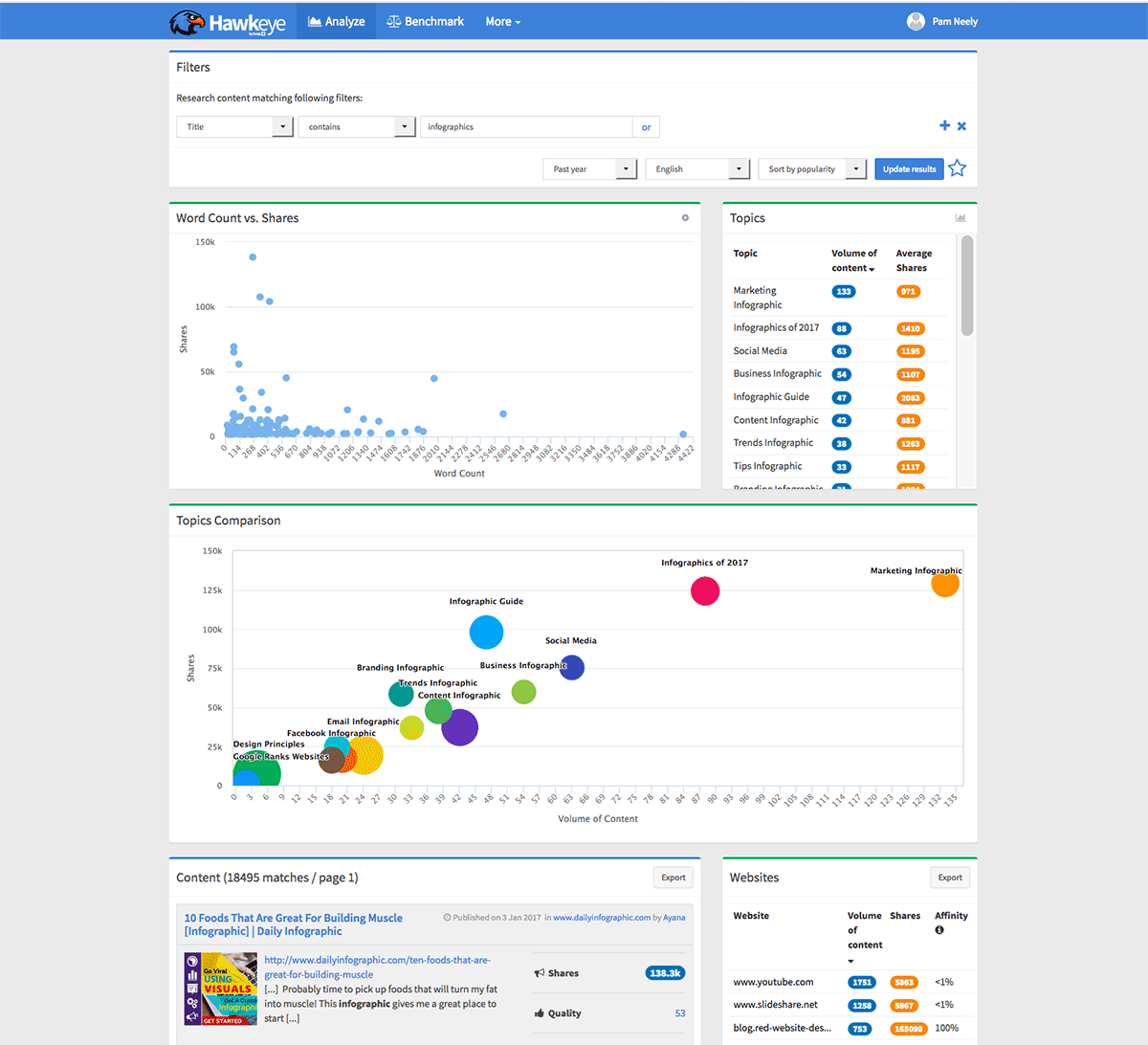
Curation software like Scoop.it or
Hawkeye can make finding exceptional content much easier.
4. You don’t always cite your sources.
This is a massive no-no. You’ll go from someone doing a good thing to someone doing a bad thing almost immediately.Good curators ALWAYS cite their sources. They give links back – and not links with wimpy “nofollow” tags, either. They are generous with their citations.Here’s exactly how to do this. Let’s pretend you’ve found a cool statistic you want to use in a round up post. You’ve made a nice graphic out of the stat. To properly give credit to the people who did the expensive and time-consuming research, you:
- Include a link back to the original report in your text.
- Add the company’s logo and the name of the report (in small type) to the graphic/image you’ve made.
- Add the URL of the research to the image as well, so people can easily find the report if the image gets shared far and wide (which could definitely happen).
Here’s what that might look like:
Many children
refuse to wear hats
. Even when their mothers tell them to.
 Now, do you have to do this? No. But will the nice people at Hats For Children appreciate it? You bet. Not only that, but if you cite your sources, your readers will trust you more. And the folks at Hats for Children will be more likely to share your work with their followers.
Now, do you have to do this? No. But will the nice people at Hats For Children appreciate it? You bet. Not only that, but if you cite your sources, your readers will trust you more. And the folks at Hats for Children will be more likely to share your work with their followers.
5. You share low-quality content
This one could cost you your audience. I know that sounds harsh… but as a curator, you have one job to do: Find awesome content so your readers don’t have to.If the content you find (and offer them) isn’t awesome, there’s no reason for them to follow you. Anybody, at a moment’s notice, can go do a keyword search or browse social media and find a sea of mediocre content. We are awash in it. There are more than 2 million blog posts published every day.Of course, it’s a lot of work to find awesome content all the time. It’s a lot of work to reshape it into something meaningful.So surprise: Content curation is work. When it’s done at the highest levels (like
Maria Popova’s Brain Pickings) it’s basically content creation itself.
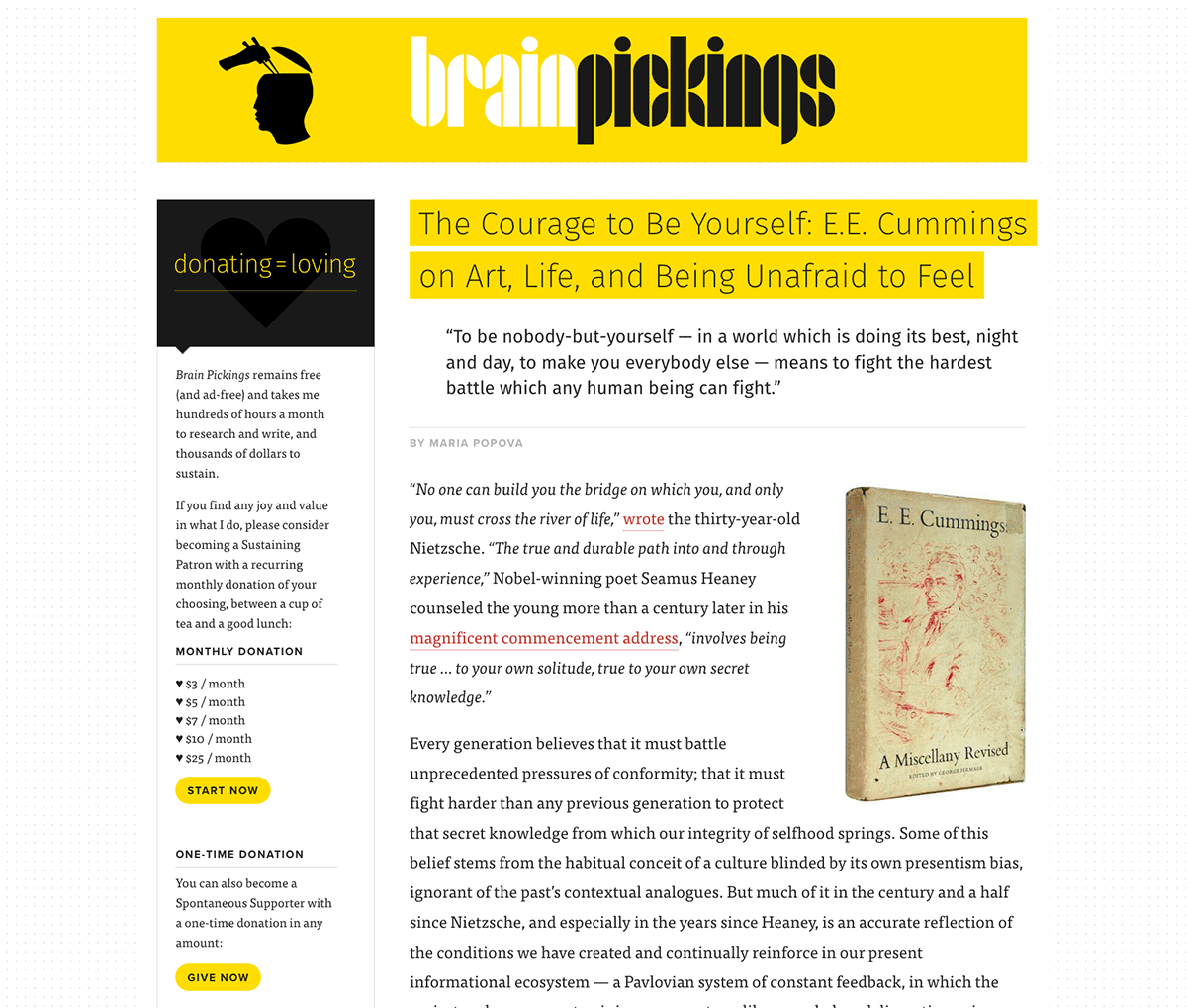 We may not reach Maria’s level of content curation mastery (she is an MIT Futures of Entertainment Fellow, after all). But we can at least do our work to find and serve up exceptional content, presented in a way that delights and engages our readers.Fortunately, we’ve got some nice tools to make the work easier.
We may not reach Maria’s level of content curation mastery (she is an MIT Futures of Entertainment Fellow, after all). But we can at least do our work to find and serve up exceptional content, presented in a way that delights and engages our readers.Fortunately, we’ve got some nice tools to make the work easier.
Back to you
Which content curation mistakes do you see the most? Come on – speak up. Tell us about them in the comments.


